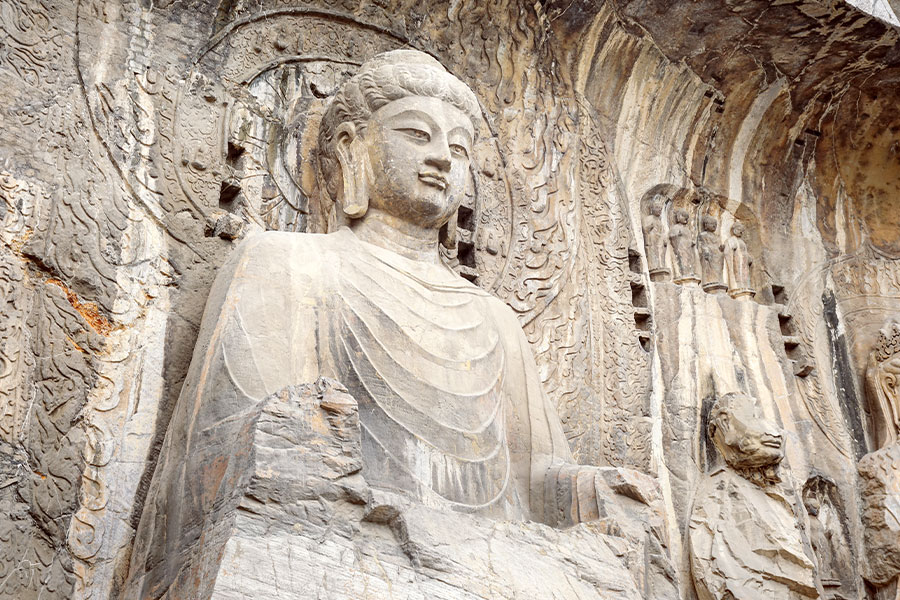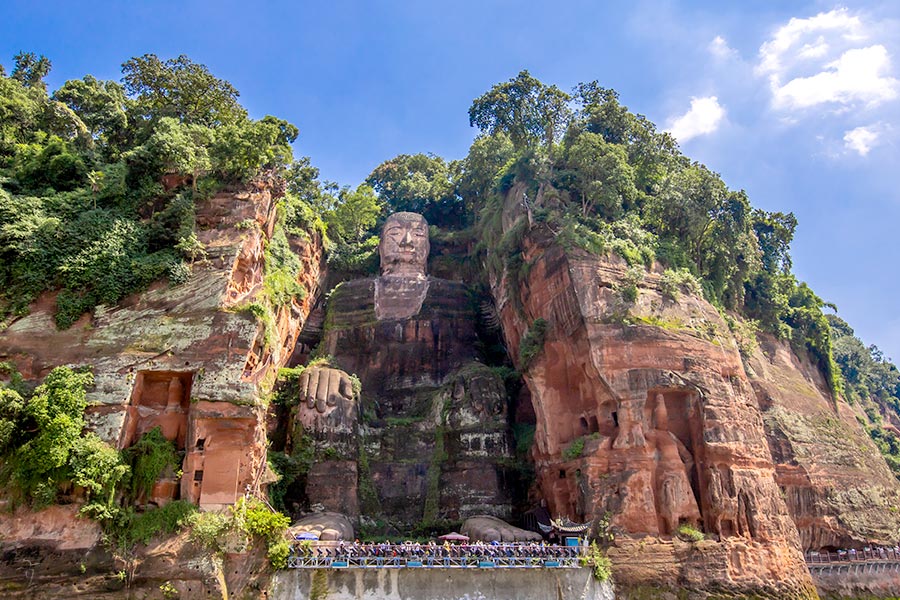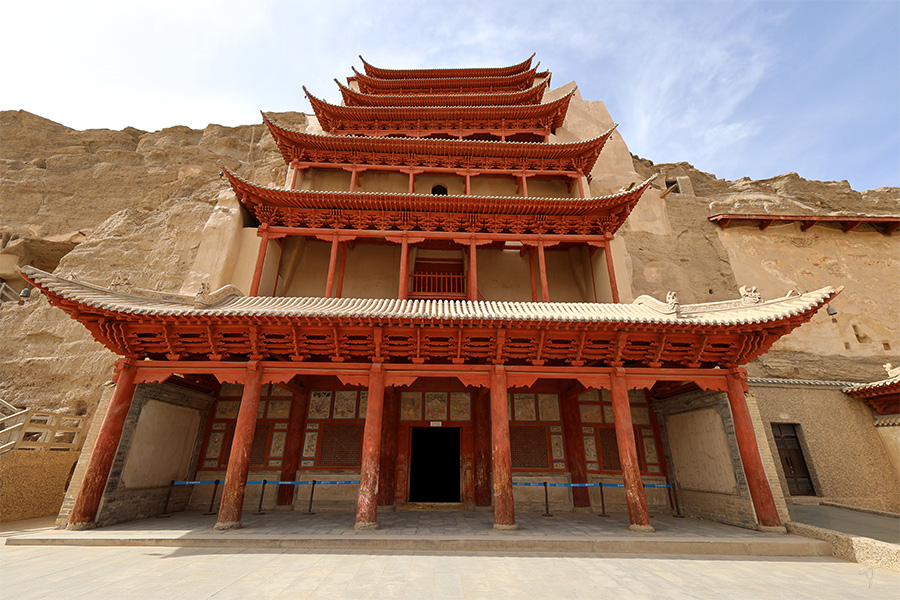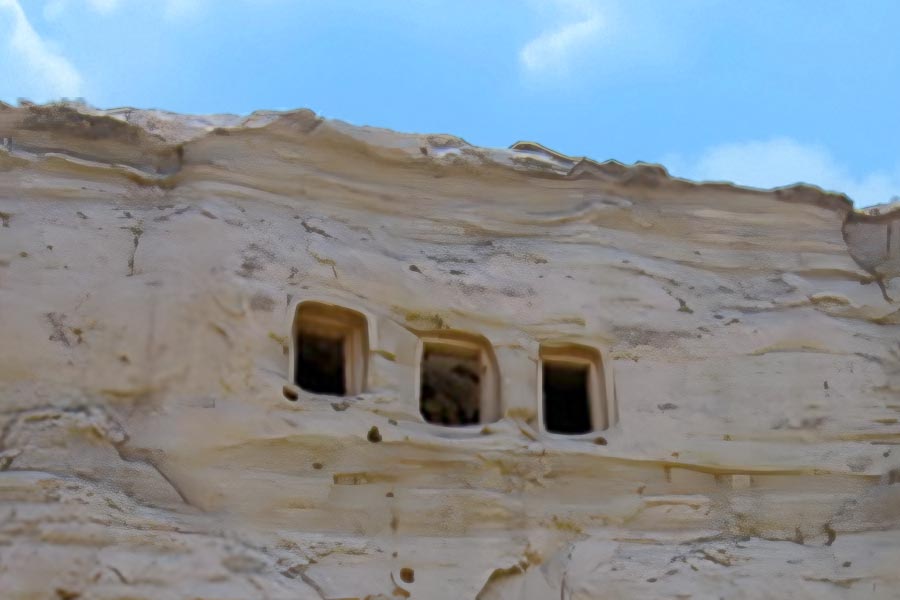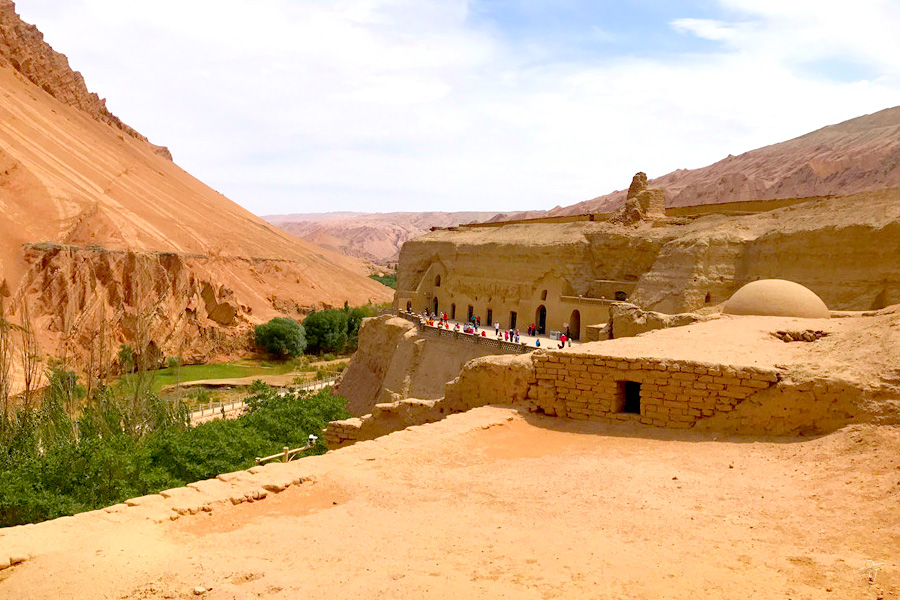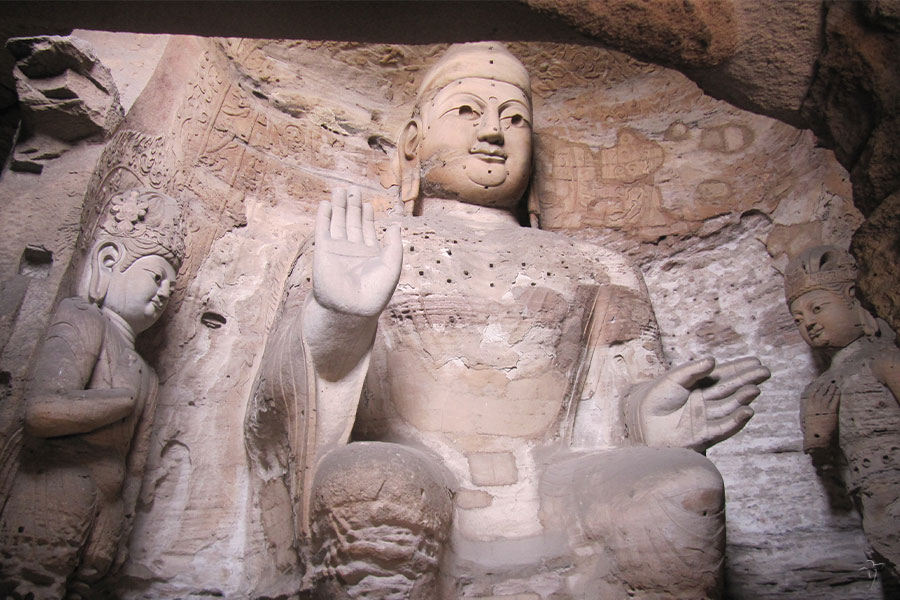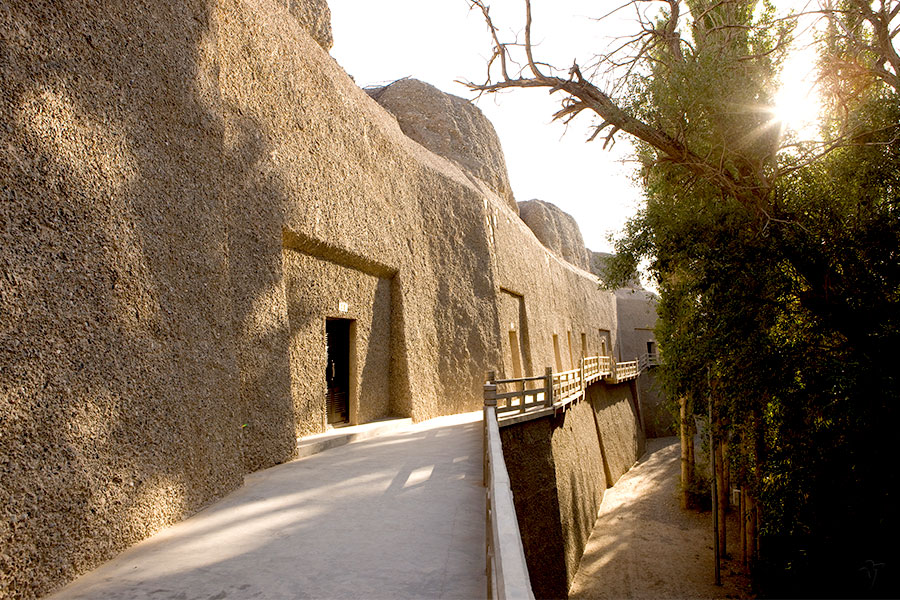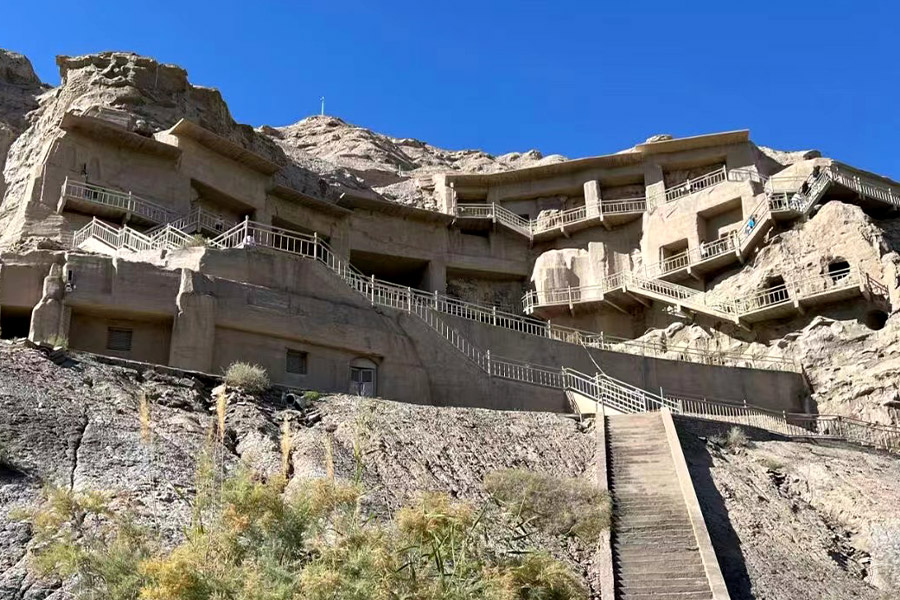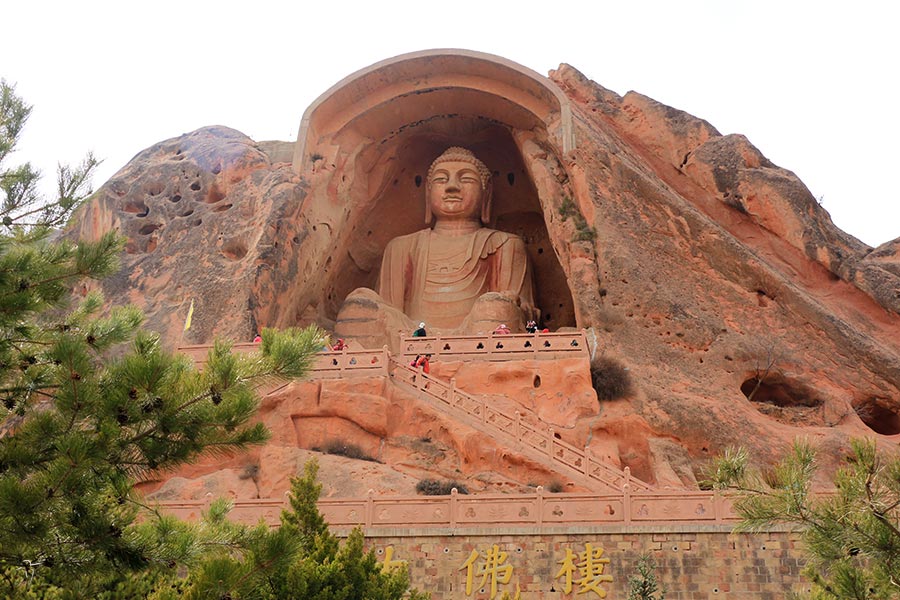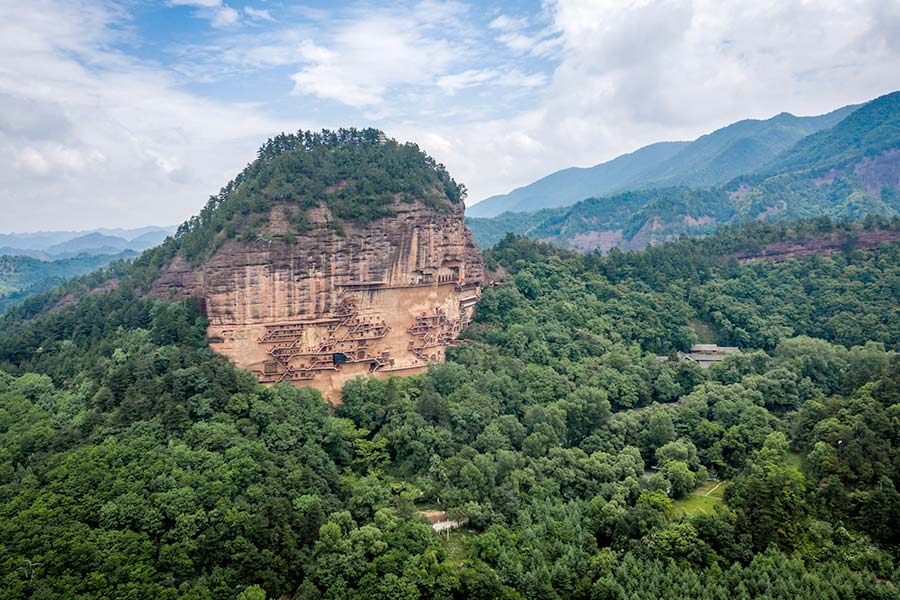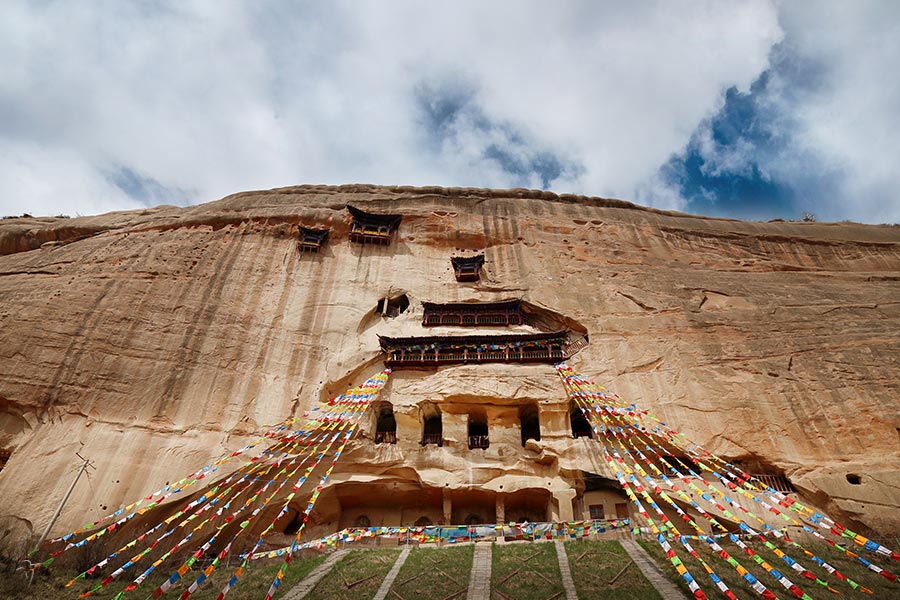Buddhist Caves/Grottos
Chinese Buddhist caves and grottos, first dug in around the third century, prevailing from the fifth to eighth century, stopped gradually exploring from the 1500s. The surviving Buddhist caves and grottos are mainly distributed in Xinjiang, western Gansu, the Yellow River Basin, and the Yangtze River Basin. Some are scattered in the north China. Myriads of skillful craftsman, basing the grottos and caves on the then religious belief, social morals, their own life experiences and alien arts, achieved the great success in paintings and sculptures that reflect the thoughts, culture and social life of Chinas feudal periods.



